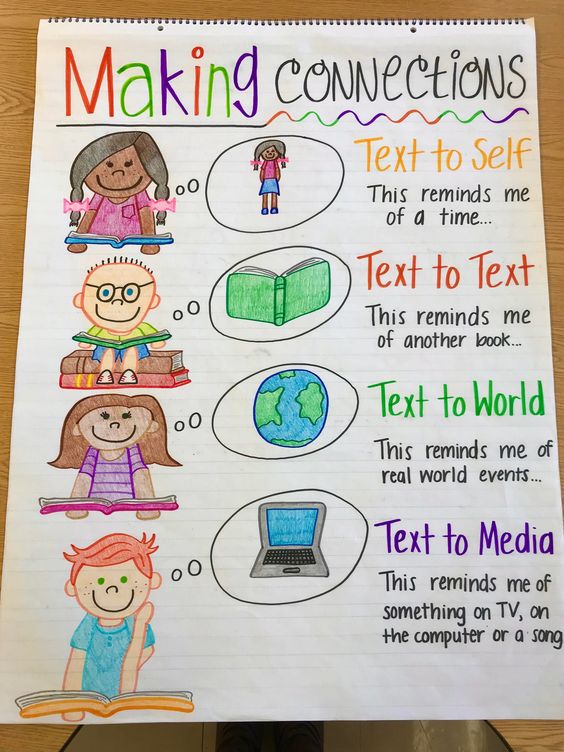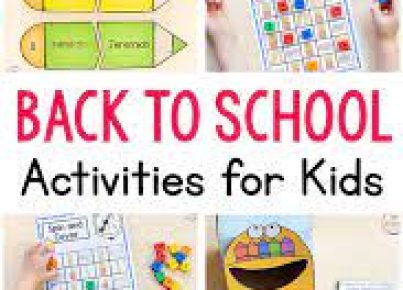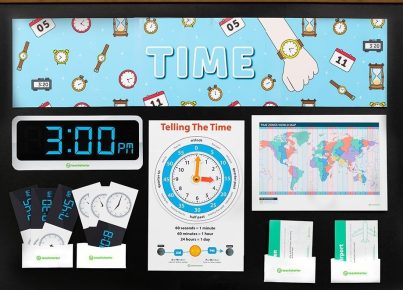An effective teaching strategy for 4th-grade students is the use of anchor charts. These visual aids can help students learn quicker and absorb information more efficiently. Here are 25 examples of 4th-grade anchor charts that you could create for your classroom.
1. Place Value: Help students to understand place values better with a chart depicting each value – ones, tens, hundreds, thousands, etc.
2. Multiplication Strategies: Create an anchor chart illustrating various multiplication strategies, such as drawing arrays, skip counting, or repeated addition.
3. Reading Comprehension Strategies: List and describe popular reading comprehension strategies such as asking questions, making connections, and summarizing.
4. Writing Process: Display the steps of the writing process, including prewriting, drafting, revising, editing, and publishing.
5. Order of Operations: Guide students in solving numerical expressions with a chart illustrating the proper order of operations (PEMDAS).
6. Grammar Rules: Collect essential grammar rules on one chart for quick reference.
7. Fraction Concepts: Develop a chart that displays different types of fractions like proper fractions, improper fractions and mixed numbers.
8. Text Features: Create an anchor chart displaying common nonfiction text features like headings, captions and glossaries with their purposes.
9. Area & Perimeter: Teach the differences between area and perimeter with a visual representation of each concept and corresponding formulas.
10. Types of Sentences: Use examples to distinguish between declarative, interrogative, exclamatory & imperative sentences on an anchor chart.
11. Rounding Numbers: Provide guidelines for rounding numbers up or down to the nearest 10 or 100.
12. Measurement Conversions: Create a conversion chart for metric units such as inches to centimeters or liters to gallons.
13. Division Strategies: Present various division strategies like repeated subtraction or using fact families.
14. Types of Fiction: Display different fiction genres (mystery, fantasy, historical fiction) with brief descriptions.
15. Argumentative Writing: Clearly outline the components of strong argumentative writing, including a claim, evidence, and counterarguments.
16. Properties of Matter: Create a chart showcasing the properties of matter such as solids, liquids, and gases.
17. Elements of a Story: Identify the main elements of a story – characters, setting, plot, conflict & resolution.
18. Author’s Purpose: Help students evaluate an author’s purpose for writing with activities like P.I.E – Persuade, Inform & Entertain.
19. Science Inquiry: Showcase steps for conducting a scientific inquiry such as making observations, forming hypotheses, experimenting, and drawing conclusions.
20. Time Management: Develop a chart about good time management habits to help students make productive use of their time.
21. Parts of Speech: Create an anchor chart separating different parts of speech like nouns, verbs, adjectives and adverbs with examples for each.
22. Context Clues: Teach students how to use context clues to decipher unfamiliar words’ meanings with visuals.
23. Homophones & Homographs: Display common homophones and homographs to help students avoid common mistakes in writing.
24. Cause and Effect Relationships: Provide examples on the chart to demonstrate cause-effect relationships in reading and science concepts.
25. Long Division Steps: Break down long division into simple steps to make it more approachable for students learning the concept for the first time.
By creating these visually-appealing anchor charts in your 4th-grade classroom, you will foster an environment where learning is accessible, enjoyable and engaging for all your students. Don’t be afraid to experiment and personalize these charts to better suit your students’ needs!





